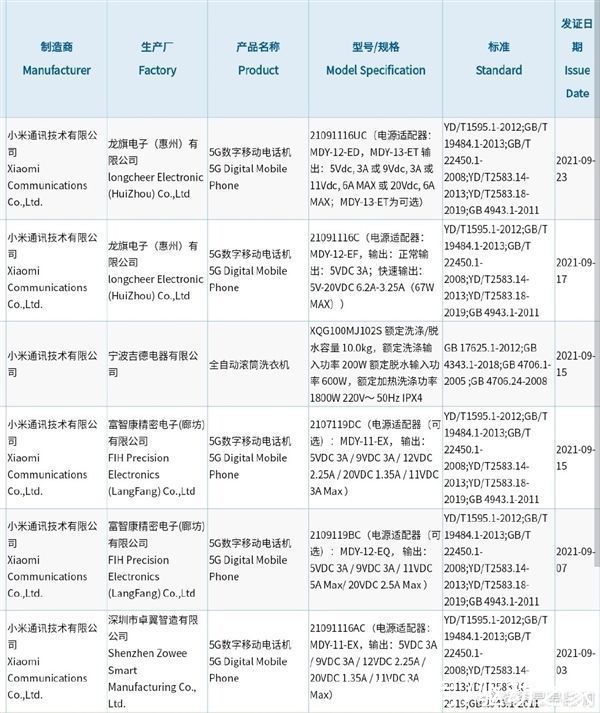# _*_ coding:utf-8 _*_
fromcopyimportdeepcopy
x={}
x['test']=['a','b','c','d']
y=x.copy()
z=deepcopy(x)
printu'输出:'
printy
printz
printu'修改后输出:'
x['test'].append('e')
printy
printz
运算输出:
=======RESTART: C:\Users\Mr_Deng\Desktop\test.py=======
输出:
{'test': ['a','b','c','d']}
{'test': ['a','b','c','d']}
修改后输出:
{'test': ['a','b','c','d','e']}
{'test': ['a','b','c','d']}
3.3 fromkeys函数:使用给定的键建立新的字典,键默认对应的值为None
# _*_ coding:utf-8 _*_
d=dict.fromkeys(['one','two','three'])
printd
运算输出:
=======RESTART: C:\Users\Mr_Deng\Desktop\test.py=======
{'three':None,'two':None,'one':None}
或者指定默认的对应值
# _*_ coding:utf-8 _*_
d=dict.fromkeys(['one','two','three'],'unknow')
printd
运算结果:
=======RESTART: C:\Users\Mr_Deng\Desktop\test.py=======
{'three':'unknow','two':'unknow','one':'unknow'}
3.4 get函数:访问字典成员
# _*_ coding:utf-8 _*_
d={'one':1,'two':2,'three':3}
printd
printd.get('one')
printd.get('four')
运算结果:
=======RESTART: C:\Users\Mr_Deng\Desktop\test.py=======
{'three':3,'two':2,'one':1}
1
None
注:get函数可以访问字典中不存在的键,当该键不存在是返回None
3.5 has_key函数:检查字典中是否含有给出的键
# _*_ coding:utf-8 _*_
d={'one':1,'two':2,'three':3}
printd
printd.has_key('one')
printd.has_key('four')
运算结果:
=======RESTART: C:\Users\Mr_Deng\Desktop\test.py=======
{'three':3,'two':2,'one':1}
True
False
3.6 items和iteritems函数:items将所有的字典项以列表方式返回,列表中项来自(键 , 值),iteritems与items作用相似,但是返回的是一个迭代器对象而不是列表
# _*_ coding:utf-8 _*_
d={'one':1,'two':2,'three':3}
printd
list=d.items()
forkey,valueinlist:
printkey,':',value
运算结果:
=======RESTART: C:\Users\Mr_Deng\Desktop\test.py=======
{'three':3,'two':2,'one':1}
three :3
two :2
one :1
# _*_ coding:utf-8 _*_
d={'one':1,'two':2,'three':3}
printd
it=d.iteritems()
fork,vinit:
print"d[%s]="%k,v
运算结果:
=======RESTART: C:\Users\Mr_Deng\Desktop\test.py=======
{'three':3,'two':2,'one':1}
d[three]=3
d[two]=2
d[one]=1
3.7 keys和iterkeys:keys将字典中的键以列表形式返回,iterkeys返回键的迭代器
# _*_ coding:utf-8 _*_
d={'one':1,'two':2,'three':3}
printd
printu'keys方法:'
list=d.keys()
printlist
printu'\niterkeys方法:'
it=d.iterkeys()
forxinit:
printx
运算结果:
=======RESTART: C:\Users\Mr_Deng\Desktop\test.py=======
{'three':3,'two':2,'one':1}
keys方法:
['three','two','one']
iterkeys方法:
three
two
one
3.8 pop函数:删除字典中对应的键
# _*_ coding:utf-8 _*_
d={'one':1,'two':2,'three':3}
printd
d.pop('one')
printd
运算结果:
=======RESTART: C:\Users\Mr_Deng\Desktop\test.py=======
{'three':3,'two':2,'one':1}
{'three':3,'two':2}
3.9 popitem函数:移出字典中的项
# _*_ coding:utf-8 _*_
d={'one':1,'two':2,'three':3}
printd
d.popitem()
printd
运算结果:
=======RESTART: C:\Users\Mr_Deng\Desktop\test.py=======
{'three':3,'two':2,'one':1}
{'two':2,'one':1}
推荐阅读
- 亳州seo推广如何操作,亳州seo搜索引擎优化招聘网
- 光遇js事件是怎么回事,光遇 script
- 手机硬盘坏了怎么打开后盖,手机硬盘损坏怎么办
- 带货直播手机,带货直播手机图片
- linux下关闭服务命令 linux关闭服务器
- 12代cpu主频是什么,12代cpu什么主板
- 如何在新媒体上赚钱呢百度,新媒体怎么做起来
- php拆表导入数据 php导出数据库数据到excel
- chatgpt发送键灰色,发送键失灵怎么办?













